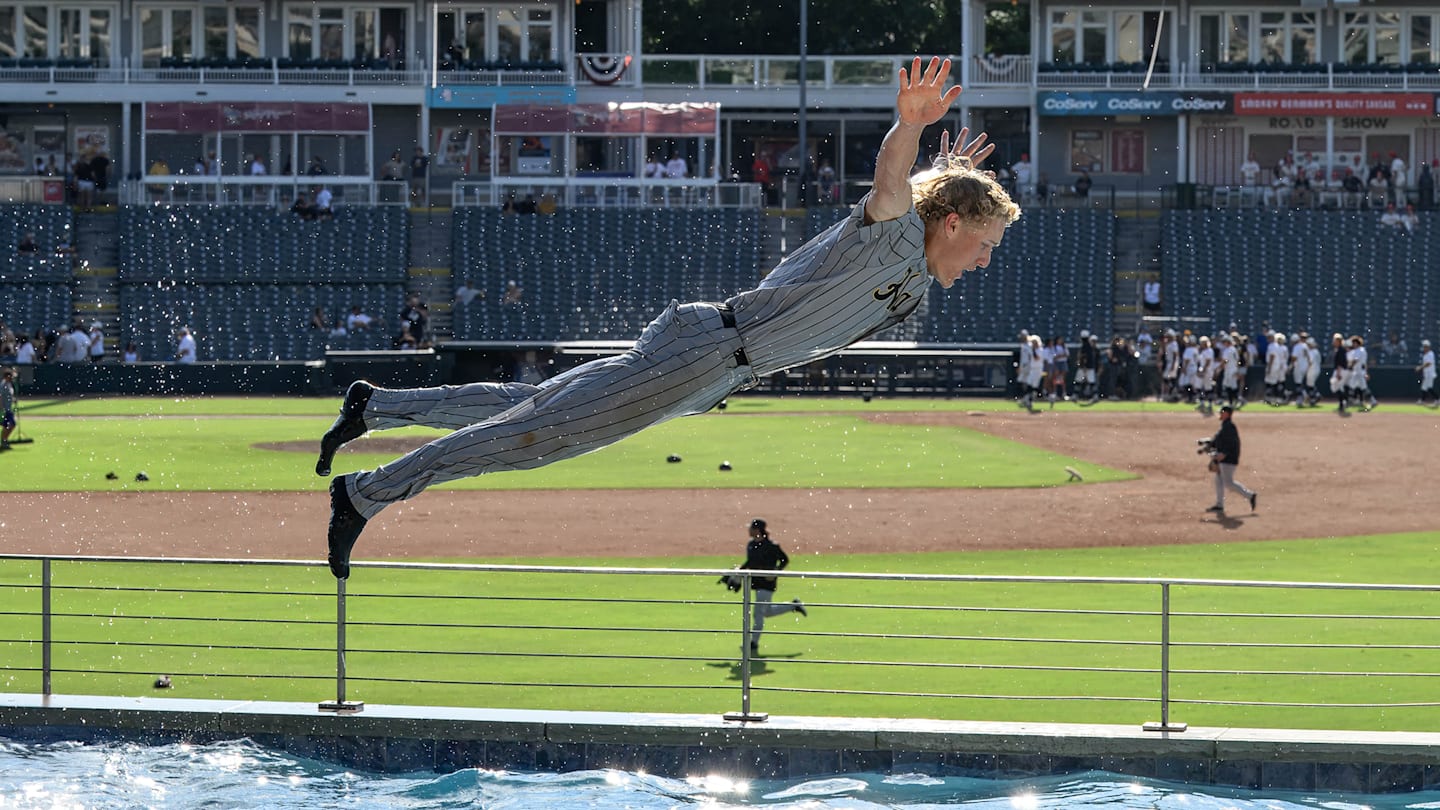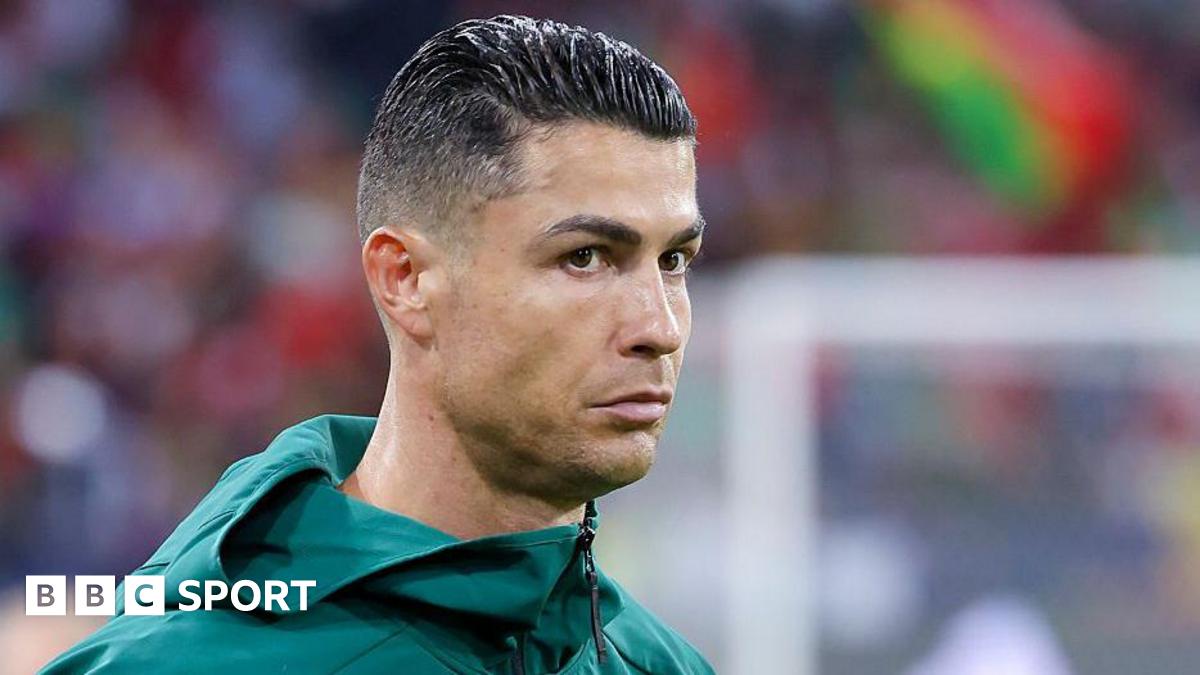''You look at the numbers where it says most of the revenue, up to 75% to 85%, will go toward football players. You understand it's coming from the TV deals, but then it's like, how does that affect you on the back end?'' Ootsburg asked. ''Let's say 800k goes toward other athletes. Will they be able to afford other things like care, facilities, resources or even just snacks?''
Moore has similar concerns. She says most female athletes aren't worried about how much – if any – money they'll receive. They fear how changes could impact the student-athlete experience.
''A lot of us would much rather know that our resources and our experience as a student-athlete is going to stay the same, or possibly get better, rather than be given 3,000 dollars, but now I have to cover my meals, I have to pay for my insurance, I have to buy ankle braces because we don't have any, and the athletic training room isn't stocked,'' Moore said over the weekend as news of Friday night's settlement approval spread.
One of the biggest problems, Ootsburg and Moore said, is that athletes aren't familiar with the changes. At AthleteCon in Charlotte, North Carolina, they said, perhaps the biggest change in college sports history was a push notification generally shrugged off by those directly impacted.
''Athletes do not know what's happening,'' Ootsburg said. ''Talking to my teammates, it's so new, and they see the headlines and they're like, ‘Ok, cool, but is someone going to explain this?' because they can read it, but then there's so many underlying factors that go into this. This is a complex problem that you have to understand the nuances behind, and not every athlete truly does.''
Some coaches, too, are still trying to understand what's coming.







 English (US) ·
English (US) ·